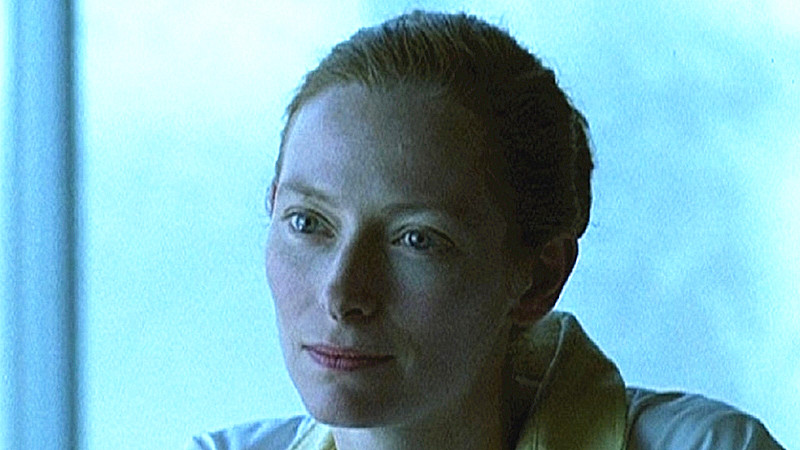
Did you ever wonder why that, every time you want to see a sci-fi movie, you always go back to the usual ones? Maybe because you think that the golden age of the sci-fi genre is past and gone. Maybe because you dont want to look interminably for new undiscovered pictures.
We got you, son. Here are 10 sci-fi movies – from the 2000s – that will satisfy your need for unseen pictures.
1. Dead or Alive 2: Birds (2000)
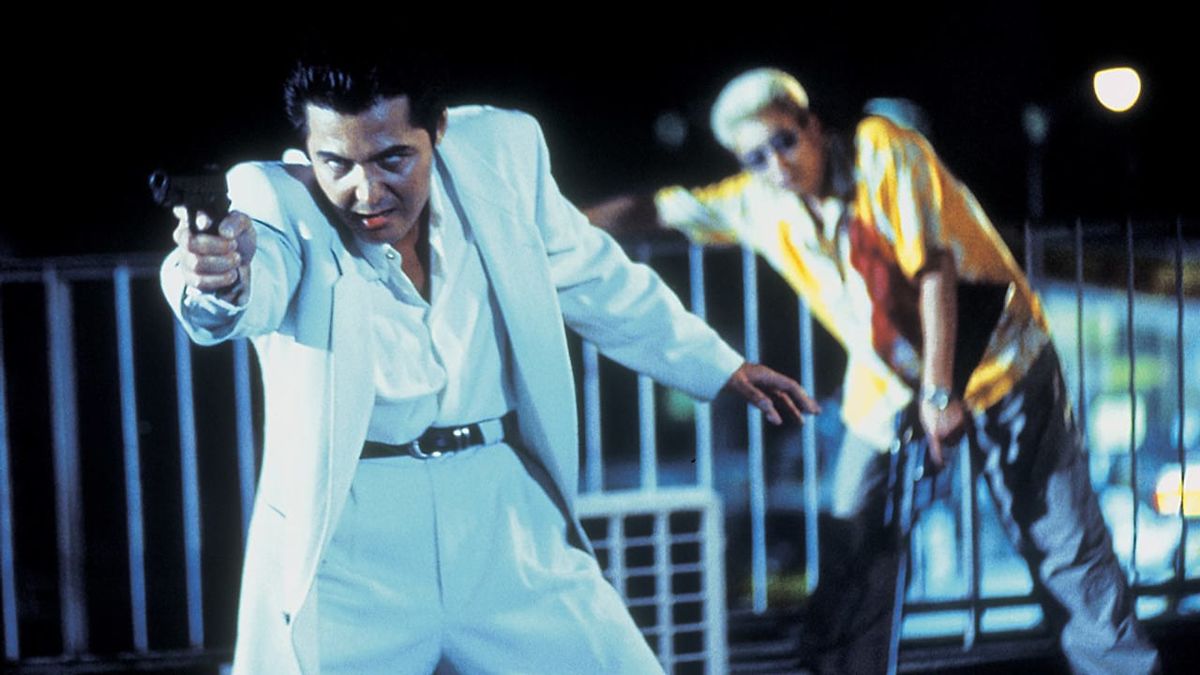
Directed by the almighty and workaholic Takashi Miike, “Dead or Alive 2: Birds” is the second instalment of the Dead or Alive trilogy, started in 1999 with the homonymous first episode and finished in 2002 with “Dead or Alive: Final”. The common denominator of the trilogy is the presence of the actors Show Aikawa and Riki Takeuchi in all three movies and Miike behind the camera; apart from this characteristics, the three movies are in no other way connected, in terms of story. A killer named Mizuki, hired to eliminate a rival during a gang war, is preceded by another killer, by the name of Shuuichi, who murders the gang member. Due to the heat of the action, both killers decide to lay low and return to the same island, where they spent their childhood. On the boat, Mizuki – who saw Shuuichi during the gang member’s execution – confront the other killer, realising that they are childhood friends.
Miike is able – also thanks to the magnificent editing work by Yasushi Shimamura – to divide the movie in two different thematic areas: one concerning the violence of the two main characters and their peculiar work, the other symbolically representing their return to the island as a reacquisition of peace and carefree. Being the talent he is, the director perfectly assembles and harmonises these two sides in the redemptive ending. Takashi Miike, enough said!
2. Possible Worlds (2000)
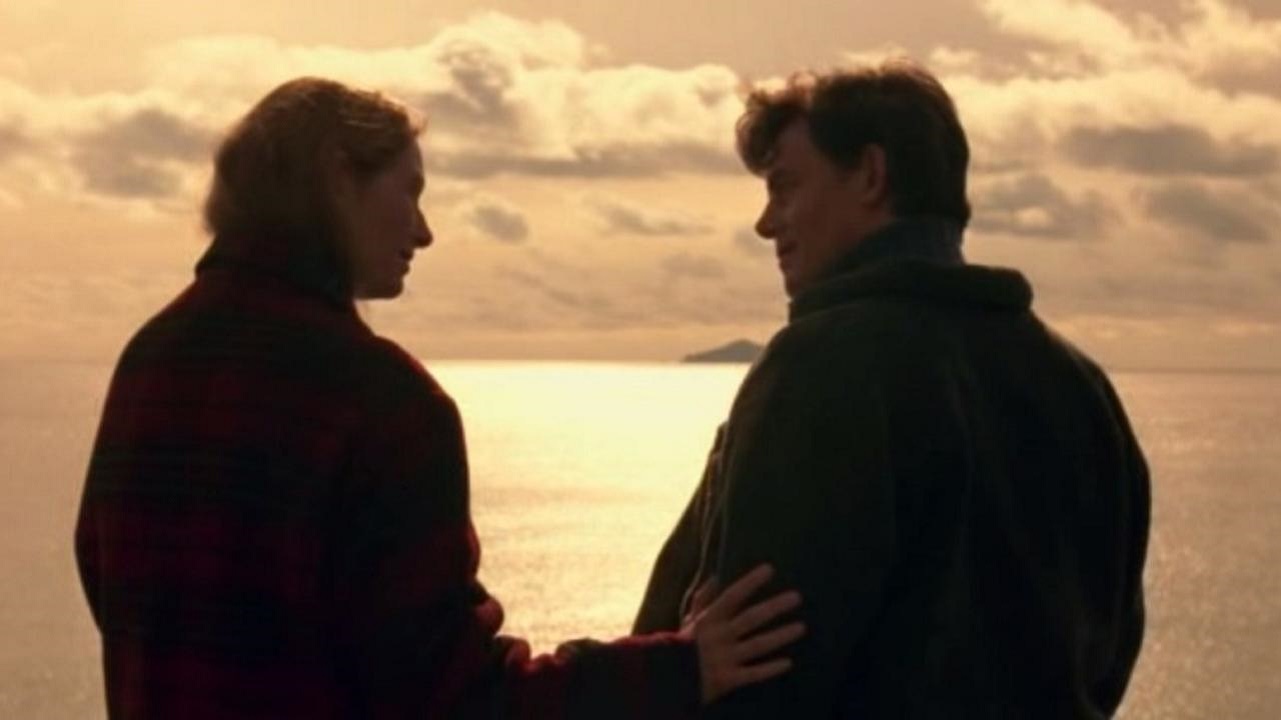
This Canadian production featuring Tilda Swinton and Tom McCamus is based on the homonymous play by John Mighton. Directed by Robert Lepage, “Possible Worlds” combines sci-fi, thriller and romance in a story that will provides the viewers with existential questions and a metaphysical vision. The mathematician George Barber (Tom McCamus) keeps having strange dreams; while dreaming, George constantly meets Joyce (Tilda Swinton) in a bar. At the same time, he also dreams about a group of men moving stones on a rocky waterfront and about the Guide (Gabriel Gascon), who is a neuroscientist in real life.
The appearance of a serial killer, who steals brain from the victims, will connect the pathways of the characters. The movie is able to convey, on one hand, a feeling of suspense and tension through the story relating to the serial killer; on the other, a theme related to philosophy and science is presented by the director, who investigates the role of the human brain and its superior capacity of imagination and creation.
“Possible Worlds” mixes genres and elevate them with a sophisticated screenplay and an existentialist perspective.
3. Metropolis (2001)
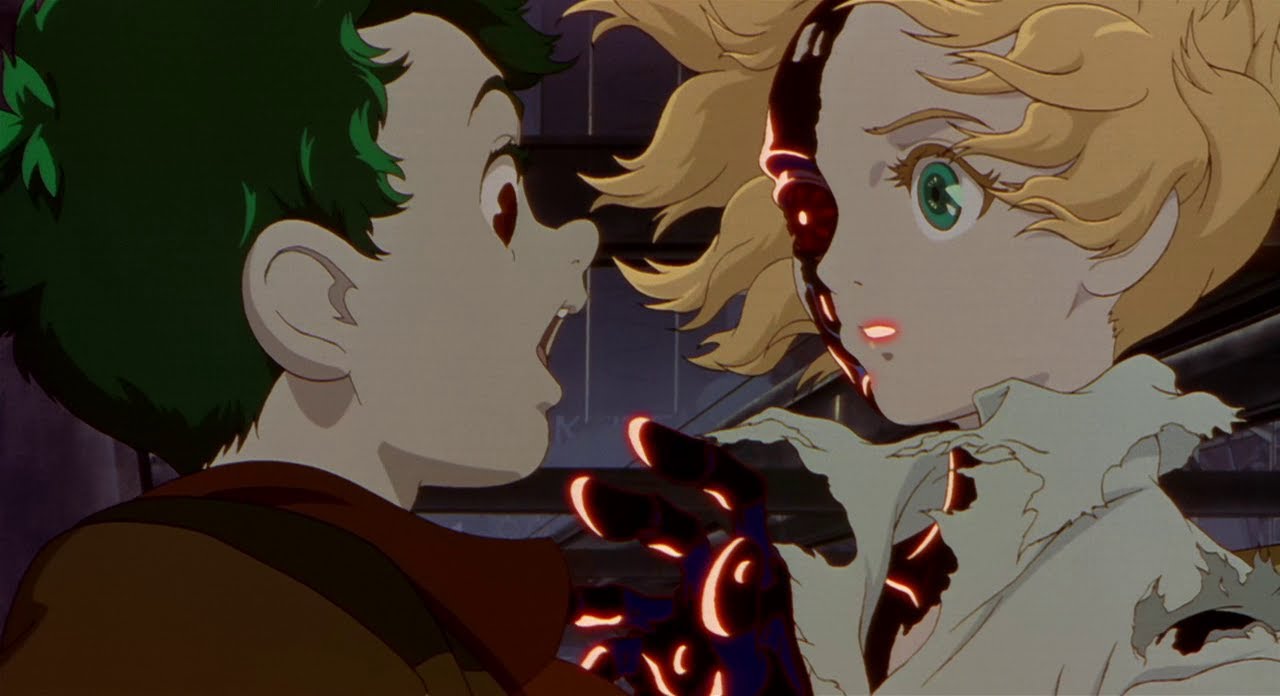
Metropolis is a city organised on three layers, where humans and robots co-exist with many difficulties: in fact, the latter are segregated in the lower part of the city. At the same time, many humans live in difficult situations, mostly blaming the robots for taking over the jobs that once where of the people. To complicate things, an authoritarian party has been created in Metropolis, under the guide of Duke Red.
Based on the homonymous manga by Osamu Tezuka and clearly referencing the masterpiece of Fritz Lang, the animated movie is characterised by a dystopian atmosphere with noir reminiscences, perfectly matched by the evocative jazz soundtrack by Toshiyuki Honda. Moreover, the screenplay is very detailed, with the presence of many sub-plots that intertwine together as the movie unfolds. “Metropolis” is a great classic that is often overlooked and forgotten, in comparison with more famous anime like “Akira” (1988) or Ghost in the Shell (1995). However, the anime directed by Rintaro surprises for the astonishing visuals and design, while – at the same time – conveying a touching and politically sensitive story. Special mention goes for the realisation of the urban landscape, not merely background, but an essential part of the movie.
4. Immortel ad vitam (2004)
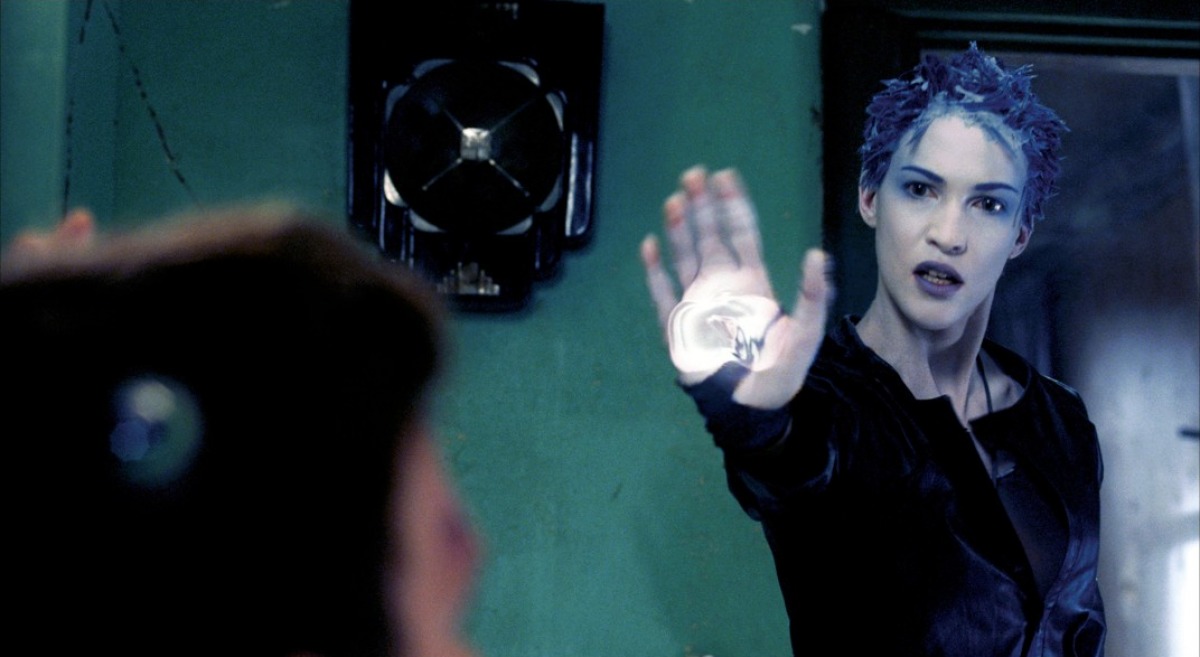
New York, 2095. Genetically modified humans live together with unchanged men and women in three different zones of the city; Central Park has been declared “intrusion zone” and its entrance forbidden. Above in the sky, triumphing over the city, a pyramid is floating; inside, ancient Egypt gods declared that Horus – one of the gods – must generate an heir before ceasing his immortality. Horus will have to use an unaltered human body as an host to complete the order. Immediately, the eyes of the viewer are captured by the creative universe of the story and by the psychedelic and pop tonalities of the cinematography.
In fact, “Immortel ad vitam” presents a multilayered reality, that blends live-action, video games style CGI and comic books undertones. At the same time, the aesthetic is dominated by tonalities of blue, green and grey, giving that dystopian-Blade Runner look. “Immortel ad vitam” is the perfect movie for those who love dark atmospheres and the dystopian look. At the same time, if the filmographies of directors like Terry Gilliam or Jan Pierre Jeunet intrigue you, this French movie directed by Enki Bilal shouldn’t be missing from your list of already watched films. A spectacle for the eyes.
5. Nuit Noire (2005)
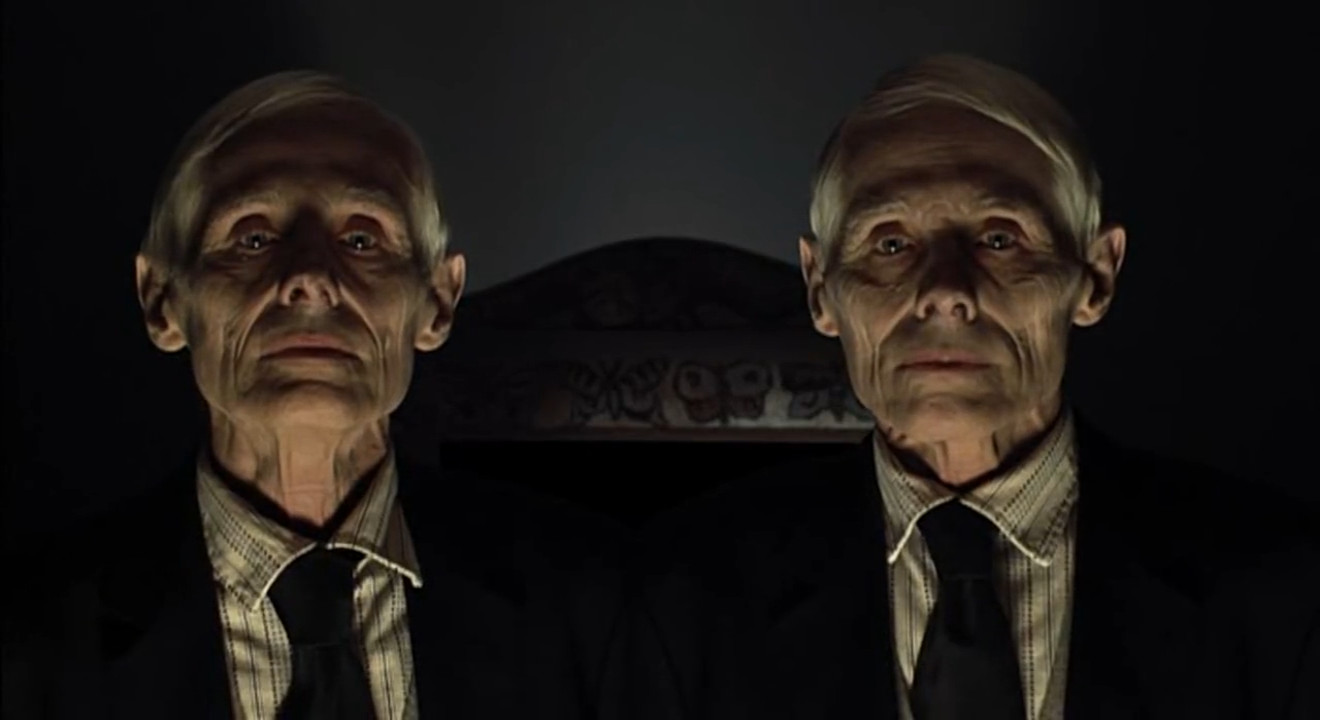
Total darkness has embraced all the world. During this perennial night, only 15 seconds are marked by the shine of the sun, which emerges only once a day due to a sudden eclipse. In this dark atmosphere, the movie follows the daily life of Oscar (Fabrice Rodriguez), a taxidermist entomologist living and working at the National Science Museum. His task is to collect and catalog insects.
The particular structure of the movie is given by the absence of a solid plot and the decision to highlight more the thoughts of the main character Oscar; consequentially, the structure of the movie follows the swaying mind of the taxidermist, mimicking a stream of consciousness. At the same time, anxiety, uncertainty and doubt permeates the entire atmosphere, exacerbated by the almost entire presence of darkness. “Nuit Noire” is a difficult movie to metaphorically digest. It’s experimental and philosophical, definitely not suitable to the novice film lover. For the more confident viewer, someone who watches art house movies for breakfast, the experience should be interesting and challenging, but totally worth it. For those like us who like Lynch and Cronenberg.